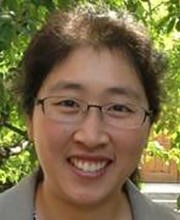Non-traditional solvent effects in organic reactions themed collection of PCCP and OBC now online!
We are delighted to announce that the Physical Chemistry Chemical Physics (PCCP) and Organic and Biomolecular Chemistry (OBC) themed collection Non-traditional solvent effects in organic reactions is now online and free to access until the end of February 2022.
Read the full issue online
It includes:
Editorial
Non-traditional solvent effects in organic reactions
Jason B. Harper, Barbara Kirchner, Paulina Pavez and Tom Welton
Phys. Chem. Chem. Phys., 2021, 23, 26028-26029. DOI: 10.1039/D1CP90187G
Perspective
Deep eutectic solvents as non-traditionally multifunctional media for the desulfurization process of fuel oil
Zhiguo Zhu, Hongying Lü, Ming Zhang and Hengquan Yang
Phys. Chem. Chem. Phys., 2021, 23, 785-805. DOI: 10.1039/D0CP05153E
Review
The role of intermolecular forces in ionic reactions: the solvent effect, ion-pairing, aggregates and structured environment
Josefredo R. Pliego, Jr
Org. Biomol. Chem., 2021, 19, 1900-1914. DOI: 10.1039/D0OB02413A
Paper
The effect of bisimidazolium-based ionic liquids on a bimolecular substitution process. Are two head(group)s better than one?
Kenny T.-C. Liu, Ronald S. Haines and Jason B. Harper
Org. Biomol. Chem., 2020, 18, 7388-7395. DOI: 10.1039/D0OB01500H
Paper
Microwave-assisted nucleophilic degradation of organophosphorus pesticides in propylene carbonate
Daniela Millán, Mabel Rojas, Ricardo A. Tapia and Paulina Pavez
Org. Biomol. Chem., 2020, 18, 7868-7875. DOI: 10.1039/D0OB01620A
Paper
Copper-catalyzed Goldberg-type C–N coupling in deep eutectic solvents (DESs) and water under aerobic conditions
Luciana Cicco, Jose A. Hernández-Fernández, Antonio Salomone, Paola Vitale, Marina Ramos-Martín, Javier González-Sabín, Alejandro Presa Soto, Filippo M. Perna, Vito Capriati and Joaquín García-Álvarez
Org. Biomol. Chem., 2021, 19, 1773-1779. DOI: 10.1039/D0OB02501A
Paper
The multifaceted effects of DMSO and high hydrostatic pressure on the kinetic constants of hydrolysis reactions catalyzed by α-chymotrypsin
Lena Ostermeier, Rosario Oliva and Roland Winter
Phys. Chem. Chem. Phys., 2020, 22, 16325-16333. DOI: 10.1039/D0CP03062G
Paper
Nucleophilic degradation of diazinon in thermoreversible polymer–polymer aqueous biphasic systems
Daniela Millan, Mafalda R. Almeida, Ana F. C. S. Rufino, João A. P. Coutinho and Mara G. Freire
Phys. Chem. Chem. Phys., 2021, 23, 4133-4140. DOI: 10.1039/D0CP06086K
We hope you enjoy reading the articles. Please get in touch if you have any questions about this themed collection, PCCP or OBC.



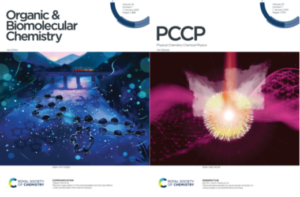














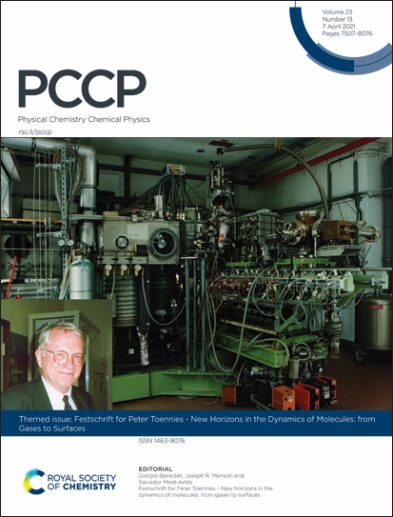



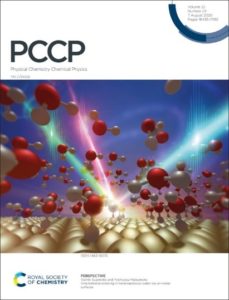
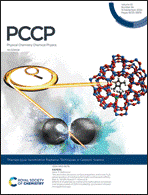
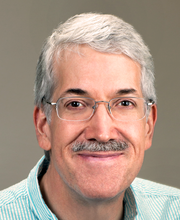
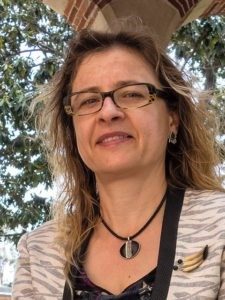 Anna Krylov (Associate Editor, PCCP)
Anna Krylov (Associate Editor, PCCP)